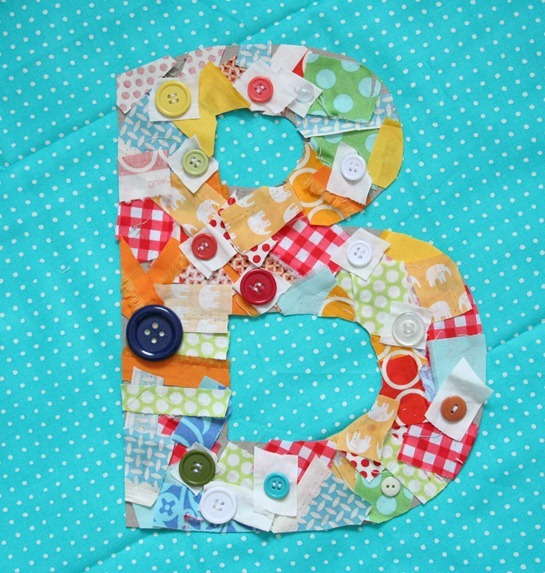After cutting everything, applying the interfacing, and copying markings on each piece (see part 1), it's time to get sewing. I used a plum colored thread that would blend in. If you want to add a pop of color, try a contrasting thread instead. Take one of your exterior main panels and make the lines at the top meet. Pin in place. Now sew down that small line. As you can see in the image below, this forms pleats. The image is of the wrong side of the panel.
Iron the pleats so that they lay flat and baste a seam to keep them in place.
You can see in the image below what the wrong side looks like now. Do this for both of the main clutch panels.
The next stem is to take the trim and fold them in half the long way. Iron them to create the nice fold.
You will then pin them to the main panel (on the end with the pleats) and stitch it in place. Before sewing, I realized I had cut the trim from the wrong fabric. luckily, I had enough fabric leftover to cut out the correct one and then simply folded the trim in half, ironed, pinned it, and finally, sewed it in place. Learn from me and don't get distracted when cutting fabric. Measure twice, cut once!
I then attached the yoke, pinning it in place on top of the trim and main panel. Right sides together, I sewed it all together.
Below, you can see the trim in the correct fabric, sandwiched by the yoke and main panel.
Below, you can see what the clutch panel finally looks like. Do this for your other exterior panel as well.
Now you'll be pinning both exterior panels together, right sides facing each other. Match the dots you transferred over. Sew the panels together from the marking on the yoke, to that dot on both ends.
Take the bottom panel and pin it (right sides together) to one of the side exterior panels. Match the dots. Then you'll sew along that edge. This took me a while because I have a hard time sewing around a curve.
Do this for the other side as well.
This is what it will look like. If you turn it right side out, you might do a little dance of excitement like me. It's starting to come together!
The only thing left to do is to clip around the curve. Make sure you DO NOT CUT INTO THE SEAM! It will just make a hole in your lovely clutch!
Want to see the video? Here's the part 2. Did you miss part 1? Check it out at our youtube channel!
























 Red Computer Bag
Red Computer Bag Large Square Duffel
Large Square Duffel Blue Sailcloth Backpack
Blue Sailcloth Backpack












